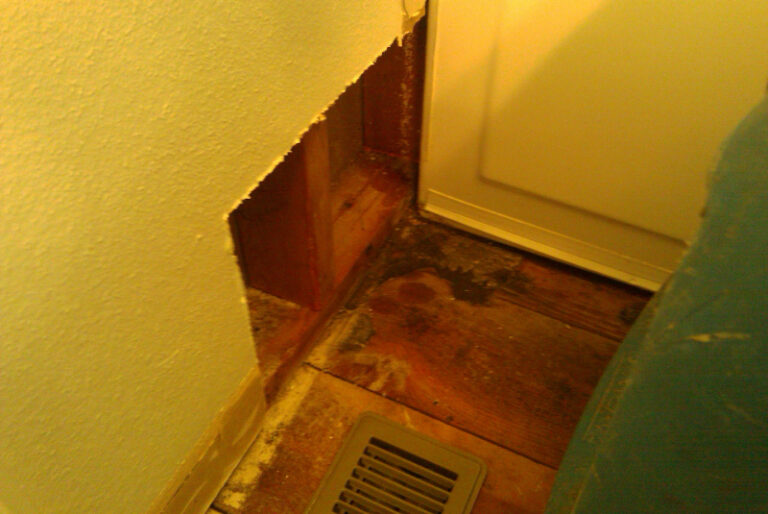
How do you repair a water damaged drywall ceiling?
Ever wondered how a small water spot on your ceiling can quickly become a big problem? Fixing water damage on drywall is more than just
Contact Us Today for Your Free Estimate





Ever wondered how a small water spot on your ceiling can quickly become a big problem? Fixing water damage on drywall is more than just
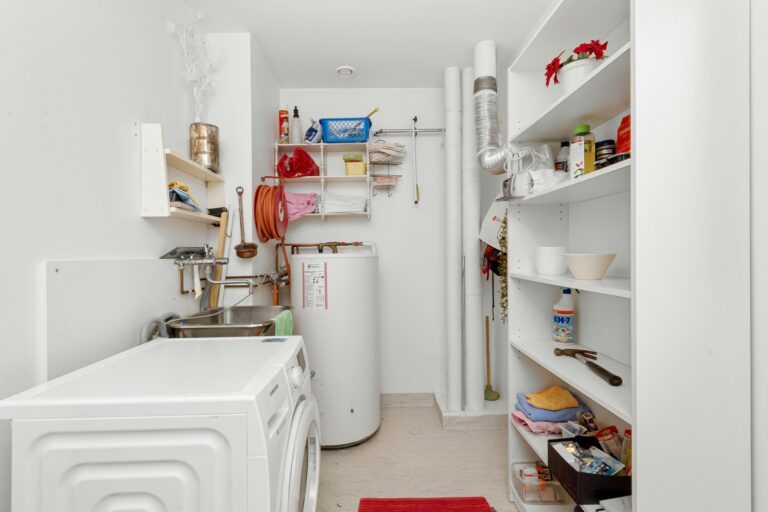
Ever wondered why water keeps getting into your walls, even when you try to stop it? This problem can come from many sources, like bad
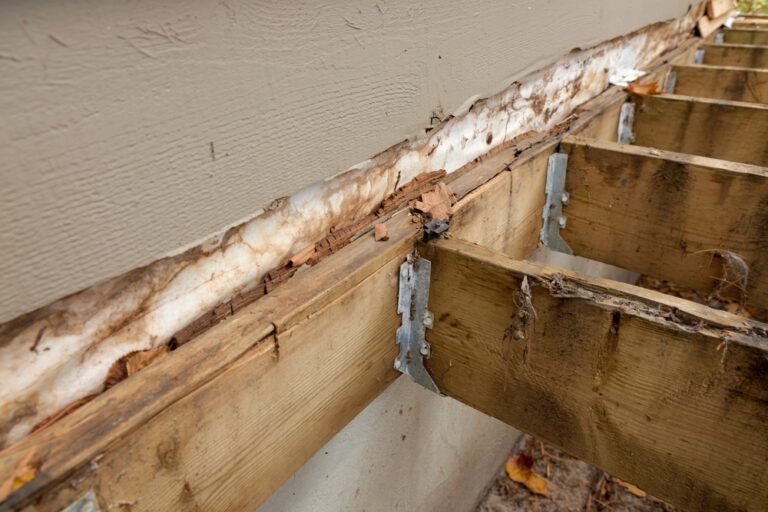
Is wet rot hiding behind your walls right now, softening beams while everything looks normal on the surface? Wet rot is a type of fungus
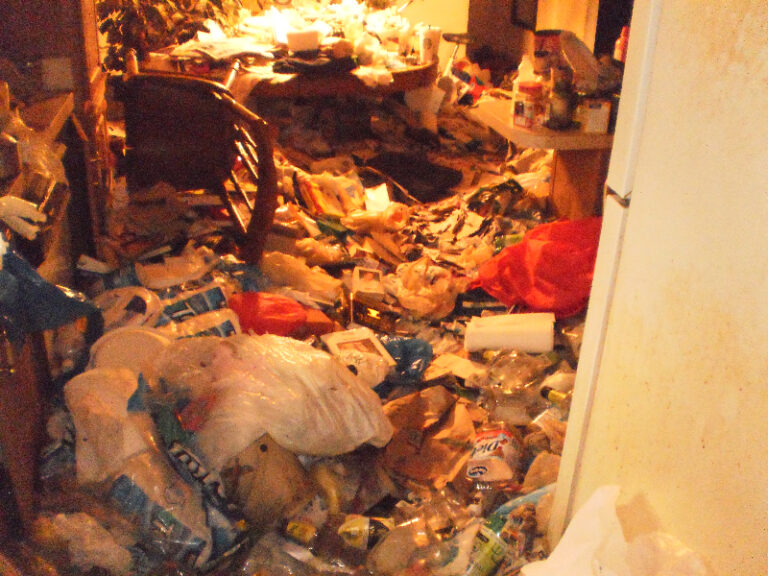
A fire can quickly turn a peaceful home into chaos. In just 30 seconds, a small flame can grow into a big fire, threatening lives.
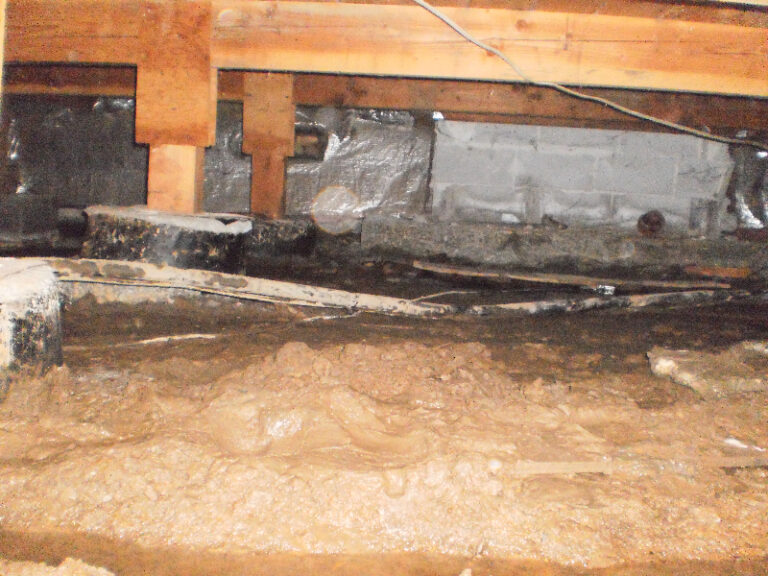
Mold growth is a big worry in Oregon homes and businesses, where moisture is common. The question is, can drying out mold make it go away? This article will dive into mold growth, the success of drying as a removal method, and how to prevent it. Key Takeaways Mold growth is directly related to moisture levels. Drying out mold may not be sufficient for its removal. Effective mold prevention strategies involve controlling moisture.

Mold is a fungus that loves moist and warm places. It can spread spores in the air, which might harm your health. Sadly, about half of all homes in the U.S. have mold, making it a big problem. Wiping mold might seem like an easy fix, but it’s not that simple. It can actually spread more spores, making things worse. It’s important to know how mold affects us and how to remove it safely. This keeps our homes healthy and safe. Key Takeaways Mold growth is a common issue in many homes, specially in moist areas. Disturbing mold during cleaning can release spores into the air. Proper removal techniques are essential to minimize exposure to mold spores. Mold exposure can lead to various health problems, including respiratory issues. Understanding the risks and taking preventive measures is key to maintaining a healthy indoor environment. Understanding Mold and Spore Dispersal It’s important to know how mold spreads its spores to improve indoor air quality. Mold grows well in damp places. It can be seen as patches on walls or smelled as a musty odor in homes. Mold spores are tiny and can stay in the air for a long time. They are found both inside and outside homes. Mold spores spread through air, water, and even on animals and insects. Factors Contributing to Mold Growth Several things help mold grow in homes. High humidity and changes in temperature are perfect for mold. Leaks, condensation, and bad ventilation also cause mold problems. High humidity levels Poor ventilation Water leaks and condensation Temperature fluctuations Mold in homes can cause damage and health issues. It can make breathing problems worse and cause allergies. So, knowing what makes mold grow is key to stopping it. Mold spores can stay dormant for a long time. This makes getting rid of mold hard. But, knowing what causes mold to grow helps us find ways to control it. Does Wiping Mold Release Spores? Disturbing mold can spread spores, which might harm your health. When mold is disturbed, spores can become airborne. This can lead to breathing in these spores and health issues. Cleaning mold needs careful thought to avoid spore release. Using the wrong cleaning methods or tools can make things worse. This can release more spores into the air. Factors Influencing Spore Release During Cleaning The type of mold present: Different species of mold may release spores more readily than others. Cleaning method: Vigorous scrubbing or using high-pressure washes can increase spore release.
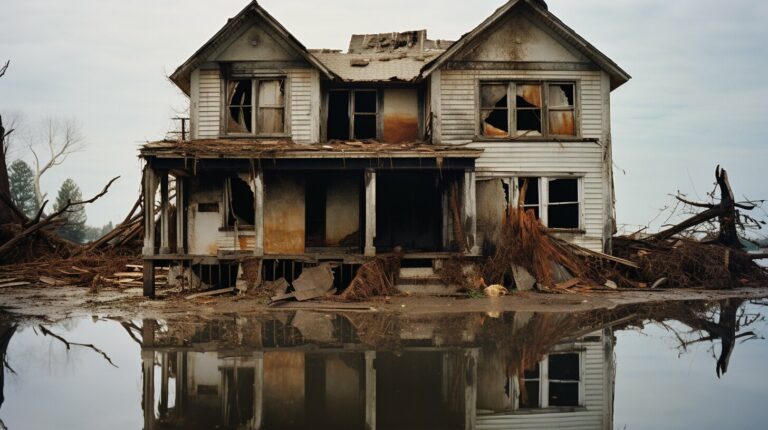
Water is incredibly powerful and can cause a lot of damage to homes. Even a small leak can lead to big problems if not fixed. This can make your home unsafe and cause structural issues. Homeowners often wonder when water damage becomes a big problem. Knowing the signs of water damage and acting fast can save you from expensive repairs. Key Takeaways Small leaks can lead to significant structural damage if not addressed. Water damage can result in costly repairs if neglected. Identifying signs of water damage early is critical. Prompt action can prevent safety hazards. Understanding water’s erosive force is key to protecting your home. How much water does it take to cause severe damage to a home? The amount of water needed to damage a home varies. It depends on the water source, how long it’s exposed, and what materials it touches. Water damage is divided into three types. Knowing these categories helps us understand the risks and what to do. Category1, Category2, and Category3 Water Damage Category1 damage comes from clean water, like broken pipes or rain. It’s the least risky. Category2 damage, or gray water, has more contamination. It comes from appliances like dishwashers. It’s riskier than Category1. Category3 damage, or black water, is the most contaminated. It’s from sewage, flooding, or other harmful sources. It’s the most dangerous. How long water sits and what it touches also matters. Quick action is key to lessen damage risks. Category1 damage needs quick action to stop it from getting worse. Category2 damage requires careful handling to avoid health issues. Category3 damage needs a pro because of the big health risks. Homeowners should know these categories and risks. This helps them take the right steps to fix water damage and prevent flooding. Identifying and addressing water damage Spotting water damage early is key to fixing it. Homeowners need to watch for signs that water damage is happening or about to happen. Water damage can harm your home’s structure if not fixed fast. Look out for spiderwebbed cracks, paint bubbles, and flaking paint. Also, check for peeling wallpaper, water stains, and musty smells. Common Signs of Water Damage Spiderwebbed and small hairline cracks on walls and ceilings
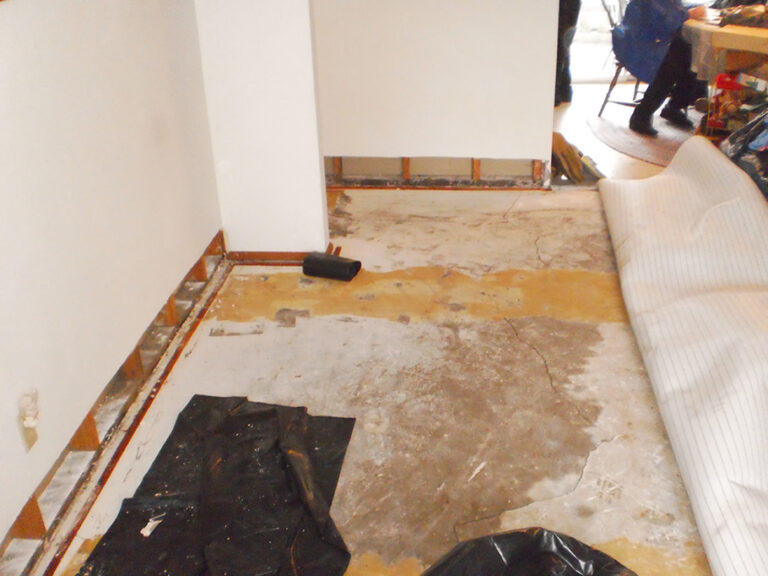
Can a good cleaning get rid of mold spores in your home? This is a big worry for people who have had mold problems. They are scared about the health dangers it brings. Mold spores can stay in the air forever if the mold isn’t fully gone. Studies show that even after cleaning, these spores can stay in the air. This is a big risk for people living in the house. Key Takeaways Mold spores can remain airborne for a long time if not fully removed. Disturbing mold during cleaning can release more spores into the air. Understanding mold spore behavior is key for effective removal. Health risks are linked to mold spores in the air. Good cleaning and mold removal methods are vital to cut down airborne mold spores. Understanding Airborne Mold Spores
Water damage is a nightmare for homeowners. It can cause big financial losses and health problems if not fixed fast. Plumbing problems inside the house are often the main reason for these disasters. It’s important to know why water damage happens. Leaky faucets, burst pipes, and broken appliances are common causes. These issues can all increase the risk of water damage. Key Takeaways Plumbing issues are a leading cause of water damage in homes. Leaky faucets and burst pipes are common sources of water damage. Malfunctioning appliances can also contribute to the risk. Preventive measures can significantly reduce the risk of water damage. Prompt action is necessary to mitigate the effects of water damage. What is the most common cause of water damage? Burst pipes and leaks are top reasons for water damage. This shows why keeping plumbing in check is key. Plumbing problems can cause big damage if not fixed fast. Burst Pipes and Leaks Burst pipes can lead to a lot of water damage. Pipes burst for several reasons: Freezing temperatures can make pipes freeze and burst. Corrosion and wear over time also play a part. High water pressure can stress pipes too much. Leaks under sinks and faulty toilet connections also cause water damage. Catching these problems early can prevent bigger issues. Some signs of plumbing trouble include: Unusual noises from pipes. Water that looks different or has sediment. Water bills that go up without reason. Knowing these signs and keeping plumbing in good shape can lower water damage risks. Other significant causes of water damage in homes Besides leaky pipes, malfunctioning appliances are a big threat to homes. Water damage can come from many sources. Knowing these risks is key for homeowners. Household appliances, like those that use water, are major causes of water damage. Washing Machine and Dishwasher Issues Washing machines and dishwashers are common in many American homes. But, when they break, they can cause a lot of water damage. Problems like worn-out hoses, faulty valves, or clogged drains can lead to leaks or bursts. Keeping them in good shape is important to avoid these issues.